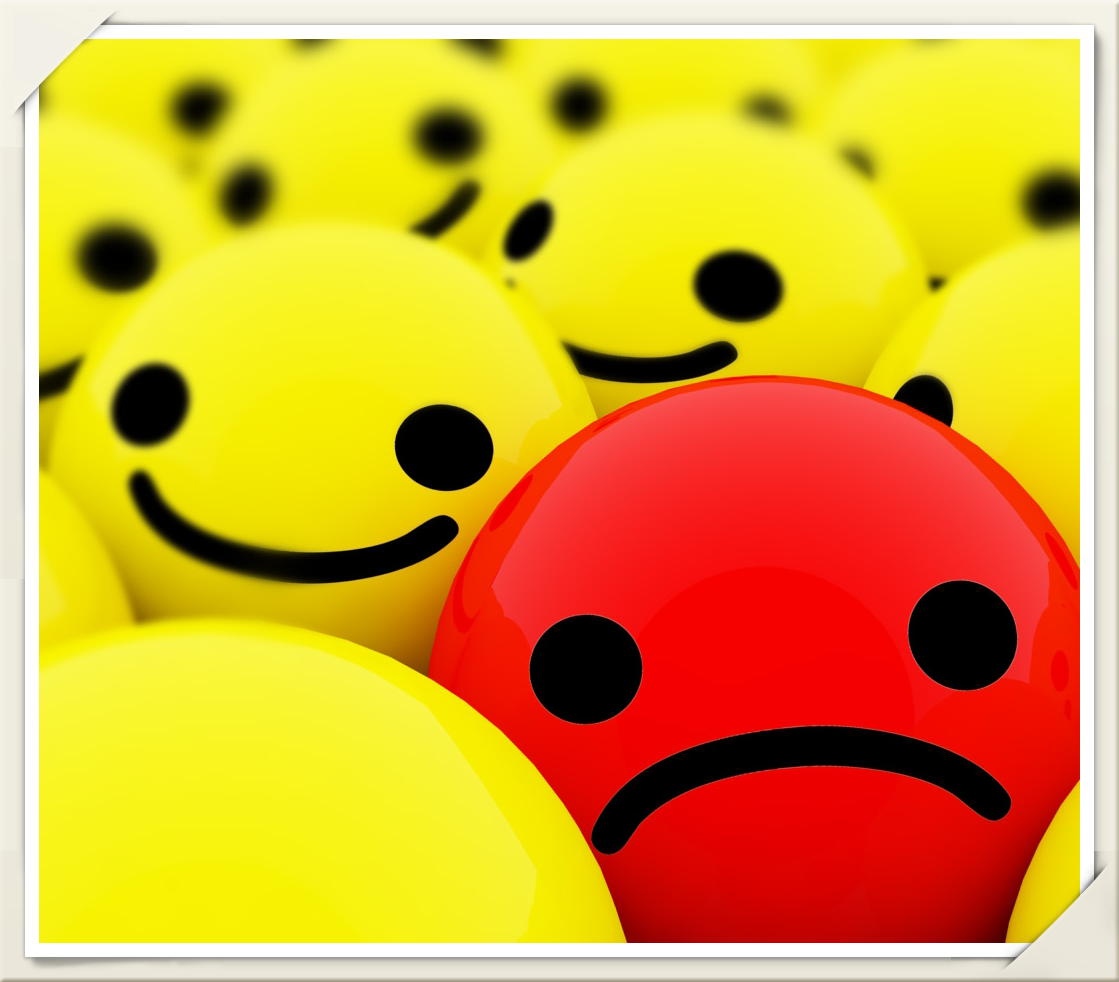Understanding the Difference
Between Emotions and Feelings
Emotions and feelings are closely related but distinct experiences that contribute to our overall emotional well-being. Understanding the differences between the two can provide valuable insights into our inner world and how we navigate through various emotional states. Let’s dive deeper into these disparities:
Nature and Origin:
Emotions: Emotions are instinctual and automatic responses to specific stimuli or situations. They are hardwired in our biology and often arise without conscious effort or deliberation. Emotions are universal across cultures and can be understood as basic survival responses that helped our ancestors navigate their environments.
Feelings: Feelings, on the other hand, are the conscious experiences that arise as a result of our emotions. They are the subjective interpretations and mental experiences we attach to our emotional responses. Feelings are shaped by our personal experiences, beliefs, values, and cultural influences. They are more nuanced and individualized, varying from person to person.
Intensity and Duration:
Emotions: Emotions are intense and relatively short-lived. They tend to be immediate and powerful, with a strong physiological component. Examples of emotions include joy, anger, fear, sadness, and surprise. Emotions can arise and subside quickly, depending on the situation or stimulus triggering them.
Feelings: Feelings, on the other hand, are more subtle and long-lasting compared to emotions. They are the conscious experiences that linger after the initial emotional response. Feelings provide us with a deeper understanding of our emotional state and can persist for extended periods. Examples of feelings include happiness, worry, contentment, resentment, and affection.
Awareness and Subjectivity:
Emotions: Emotions often arise unconsciously and can take hold of us before we even realize it. They can feel overpowering and may influence our thoughts, behaviors, and decision-making processes. Emotions can be experienced without much conscious awareness initially.
Feelings: Feelings, on the other hand, require a certain level of conscious awareness. They involve introspection and self-reflection, as we try to make sense of our emotional experiences. Feelings are more subjective and can be influenced by our interpretation and cognitive appraisal of the situation.
Expression and Communication:
Emotions: Emotions are often expressed through facial expressions, body language, and physiological responses. They serve as nonverbal cues that can be understood by others, facilitating social interaction and communication. For example, a smile expresses joy, while a furrowed brow signifies anger or confusion.
Feelings: Feelings, on the other hand, are usually communicated through verbal language. We use words to express and convey our inner experiences and the emotions we are feeling. Sharing our feelings allows us to connect with others, seek support, and deepen our emotional bonds.
Understanding the distinctions between emotions and feelings can help us navigate our emotional landscape with greater self-awareness. By recognizing our emotions, labeling our feelings, and exploring the underlying causes, we can develop emotional intelligence and effectively manage our emotional states.
So, the next time you find yourself caught in an emotional loop, take a step back, identify the emotion, label the feeling, and allow yourself to experience it without judgment. Remember, emotions are a natural part of being human, and by embracing them, we can break free from the emotional loop and regain our emotional balance.




